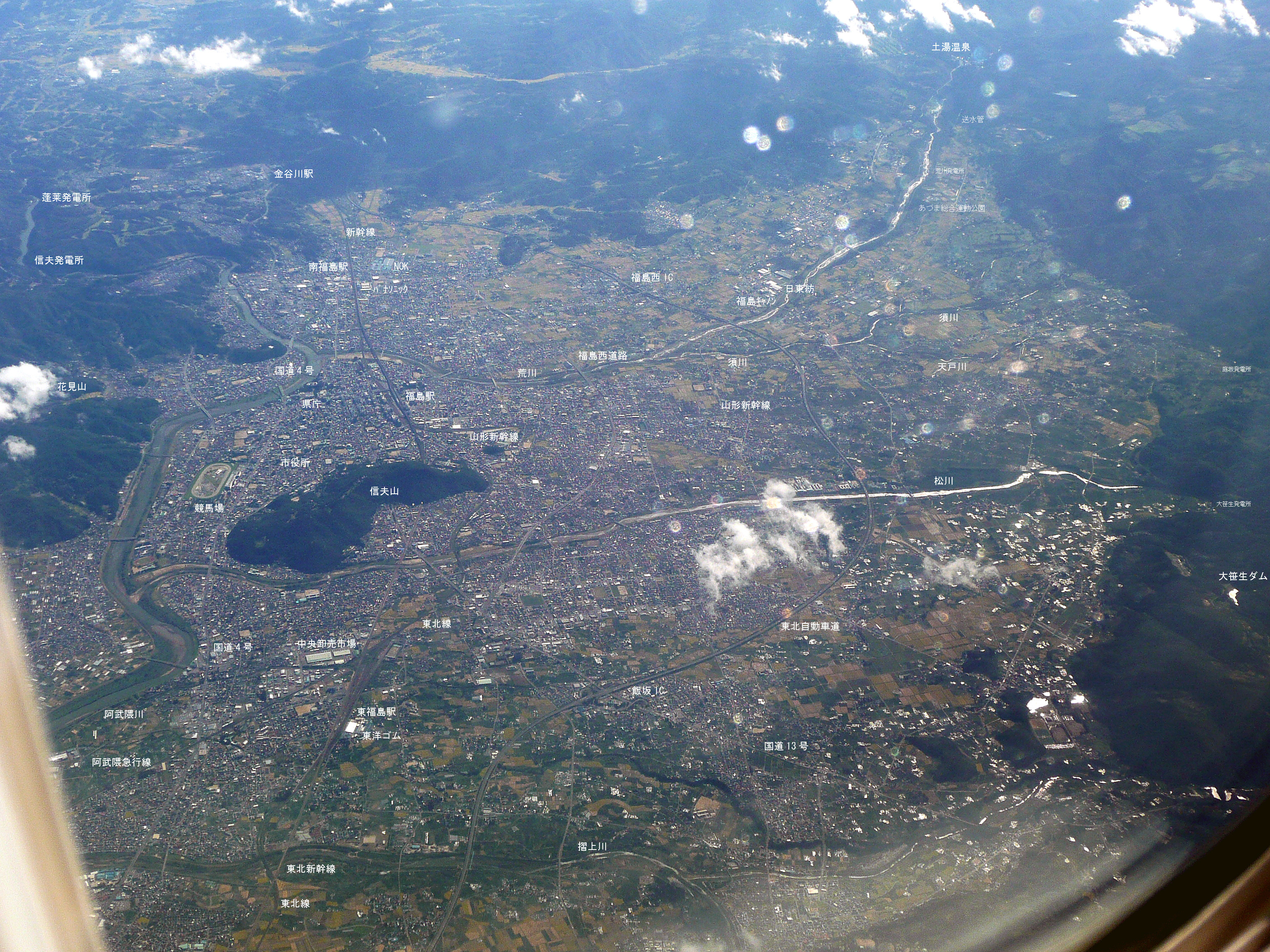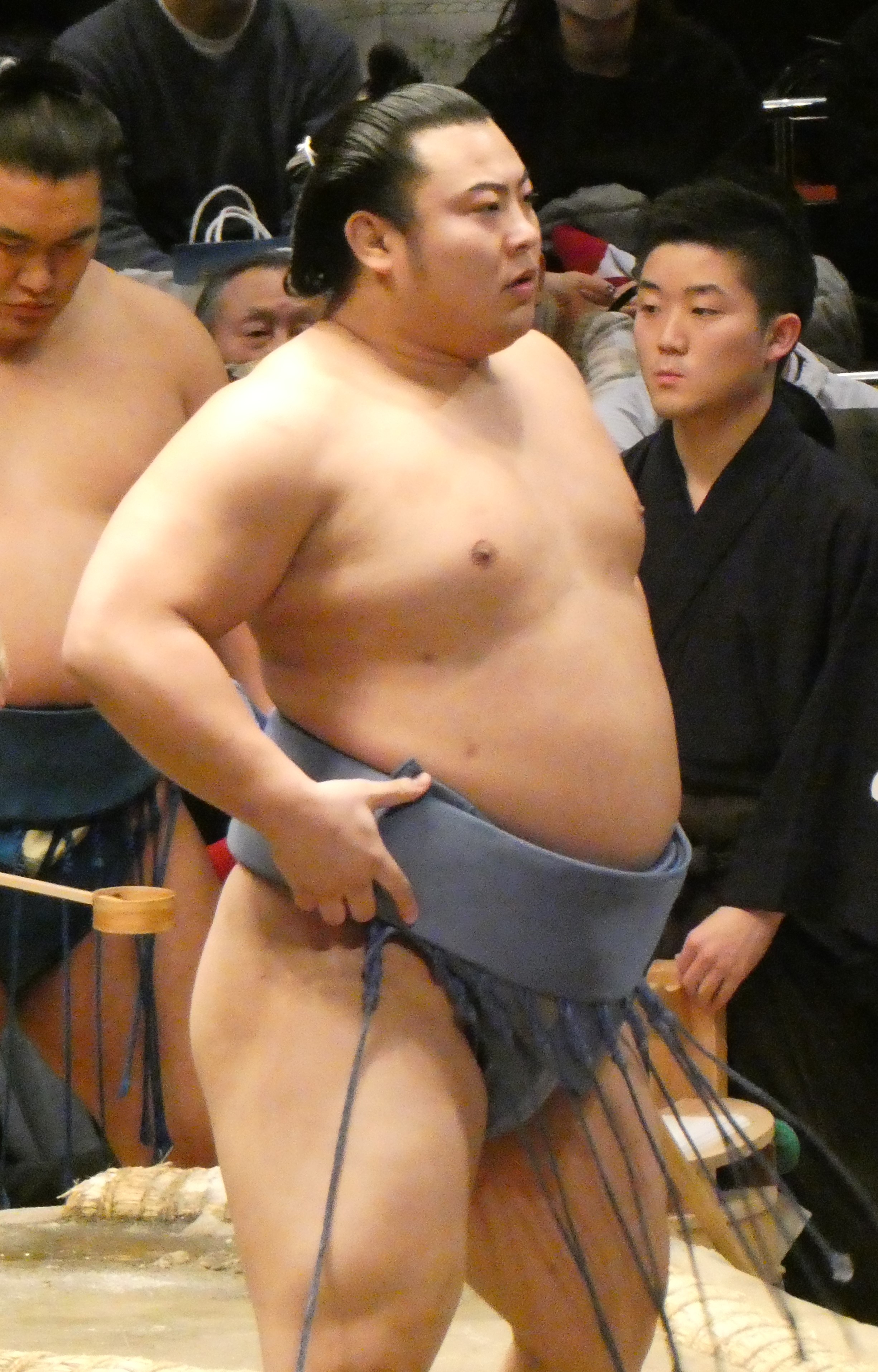|
Wakamotoharu Minato
is a Japanese professional sumo wrestler from Fukushima. He wrestles for the Arashio stable, where he is a stable mate of his brothers Wakatakakage and Wakatakamoto. His highest rank to date has been ''komusubi''. Career Wakamotoharu comes from a sumo family. His grandfather Wakabayama reached the ''komusubi'' rank, his father was a ''makushita'' division wrestler, and he has an elder brother Wakatakamoto and a younger brother Wakatakakage who are also sumo wrestlers at the same stable. Wakatakamoto has yet to progress beyond the ''makushita'' division, but Wakatakakage surpassed his grandfather's achievements by reaching the rank of ''sekiwake'' in 2022. Their current ''shikona'' come from a well-known parable about three brothers by the 16th-century warlord Mōri Motonari. Wakamotoharu made his professional debut in November 2011 under the ''shikona'' of Araonami. In his first official tournament in January 2012, under the new name of Goshi, he won the jonokuchi championship o ... [...More Info...] [...Related Items...] OR: [Wikipedia] [Google] [Baidu] |
Fukushima (city)
is the capital city of Fukushima Prefecture, Japan. It is located in the northern part of the Nakadōri, central region of the prefecture. , the city has an estimated population of 283,742 in 122,130 households and a population density of . The total area of the city is . The present-day city of Fukushima partially consists of most of the former Shinobu and Date Districts and a portion of the former Adachi District. The city is located in the Fukushima Basin's southwest area and nearby mountains. There are many onsen on the outskirts of the city, including the resort areas of Iizaka Onsen, Takayu Onsen, and Tsuchiyu Onsen. Fukushima is also the location of the Fukushima Race Course, the only Japan Racing Association horse racing track in the Tōhoku region of Japan. Geography Fukushima is located in the central northeast section of Fukushima Prefecture, approximately east of Lake Inawashiro, north of Tokyo, and about south of Sendai. It lies between the Ōu Mountains to ... [...More Info...] [...Related Items...] OR: [Wikipedia] [Google] [Baidu] |
Controversies In Professional Sumo
Professional sumo has had several controversies over its long history. These include proven allegations of match-fixing to hazing. Match-fixing Due to the hierarchical structure of the sport, where top ranked wrestlers have great advantages in salary and status over lower ranked wrestlers, speculation about the existence of match-fixing and isolated reports of match fixing have surfaced over the years. The Japan Sumo Association (JSA) repeatedly denied any wrestlers were involved in match-fixing, known as ''yaocho'', and even took publishers to court over such allegations.Martin, Alex, and Mizuho Aoki,Are fixed bouts final nail in sumo coffin?, ''Japan Times'', February 4, 2011, p. 2. However, in 2011, it was announced that an investigation by police had discovered cell phone text messages indicating that a number of matches had been fixed. Allegedly, 14 wrestlers and a few stablemasters were involved. In the course of the investigation, several wrestlers eventually admitted to ... [...More Info...] [...Related Items...] OR: [Wikipedia] [Google] [Baidu] |
Kimarite
''Kimarite'' ( ja, 決まり手) is the technique used in sumo by a ''rikishi'' (wrestler) to win a match. It is officially decided or announced by the ''gyōji'' (referee) at the end of the match, though judges can modify this decision. The records of ''kimarite'' are then kept for statistical purposes. The Japan Sumo Association (JSA) have officially recognized 82 such techniques since 2001, with five also recognized as winning non-techniques. However, only about a dozen of these are frequently and regularly used by ''rikishi''. A sumo match can still be won even without a ''kimarite'', by the virtue of disqualification due to a ''kinjite'' (foul), such as striking with closed fist. Basic The basic techniques ( ja, 基本技, kihonwaza) are some of the most common winning techniques in sumo, with the exception of ''abisetaoshi''. ''Abisetaoshi'' is a rarely used basic ''kimarite'' that pushes down the opponent into the ground back-first by leaning forward while grappl ... [...More Info...] [...Related Items...] OR: [Wikipedia] [Google] [Baidu] |
Glossary Of Sumo Terms
The following words are terms used in sumo wrestling in Japan. A B C D E F G H I J K M N O R S T W Y Z References External links Glossary of Sumo TermsSumopediaat NHK World-Japan {{Glossaries of sports Sumo is a form of competitive full-contact wrestling where a ''rikishi'' ( ... [...More Info...] [...Related Items...] OR: [Wikipedia] [Google] [Baidu] |
Mawashi
In sumo, a is the loincloth that (sumo wrestlers) wear during training or in competition. Upper ranked professional wrestlers wear a as part of the ring entry ceremony or . For top ranked professional , it is made of silk and comes in a variety of colours. It is approximately in length when unwrapped, about wide and weighs about . It is wrapped several times around the and fastened in the back by a large knot. A series of stiffened silk fronds of matching colour called are inserted into the front of the . Their number varies from 13 to 25, and is always an odd number. They mark out the only part of the that it is illegal to grab on to: the vertical part covering the 's groin, and if they fall out during competition the (referee) will throw them from the ring at the first opportunity. Sometimes a may wear his in such a way as to give him some advantage over his opponent. He may wear it loosely to make it more difficult to be thrown, or he may wrap it tightly and spl ... [...More Info...] [...Related Items...] OR: [Wikipedia] [Google] [Baidu] |
Terunofuji Haruo
, lead=yes), is a Mongolian-born naturalised-Japanese professional sumo wrestler. Wrestling for the Isegahama stable, he entered professional sumo in January 2011 and took the second division ''jūryō'' championship in his debut as a ''sekitori'' in September 2013. He took the top ''makuuchi'' division championship in May 2015, only 25 tournaments after his professional debut, which is the third-fastest behind Asashōryū and Takanohana's 23 tournaments. This earned him promotion to sumo's second-highest rank of '' ōzeki''. Terunofuji then suffered from knee injuries and other health problems. Surviving '' kadoban'' (in danger of demotion from the rank of ''ōzeki'') on three previous occasions, he was finally demoted after the September 2017 tournament. After a long injury layoff he fell to the second-lowest ''jonidan'' division in March 2019 and staged a successful comeback and returned to the ''makuuchi'' division the following year, the first wrestler to do so from such a ... [...More Info...] [...Related Items...] OR: [Wikipedia] [Google] [Baidu] |
Endō Shōta
is a Japanese professional sumo wrestler from Anamizu, Ishikawa. After a successful amateur career, he turned professional in March 2013, making the top ''makuuchi'' division that September. His highest rank has been ''komusubi.'' He has been awarded one special prize for Fighting Spirit, one for Outstanding Performance and three for Technique, as well as seven gold stars for defeating ''yokozuna.'' He was runner-up in the September 2016 and September 2021 tournaments. He wrestles for Oitekaze stable. He is extremely popular with sumo fans and has been regarded as one of the most promising home-grown wrestlers in sumo. Early life and sumo background Endō first began trying out sumo in his primary school years largely to please his father. He did not like sumo at first, but as time went on he became inspired by the spirit and technique of then ''yokozuna'' Asashōryū. He began trying out more techniques and came to love sumo. In his second year of junior high school, he part ... [...More Info...] [...Related Items...] OR: [Wikipedia] [Google] [Baidu] |
Tobizaru
Tobizaru Masaya (翔猿 正也, born April 24, 1992, as ) is a professional sumo wrestler from Japan and wrestles for Oitekaze stable. He made his top division debut in September 2020 and his ''san'yaku'' debut in November 2022. He is the brother of active wrestler Hidenoumi of the Kise stable; they became the 18th pair of ''sekitori'' brothers in sumo history. Despite the fact that they are in different stables, Tobizaru will not face him in competition as Japan Sumo Association rules prevent close relatives from being matched against each other outside of playoff bouts. Career Masaya Iwasaki followed his elder brother Takuya into sumo, joining the same sumo club in his first year of elementary school. He was also interested in baseball, and had thoughts of becoming a professional baseball player, but gave up the game for sumo when he started junior high school. The future Hokutofuji was a contemporary of his at high school. He studied economics at Nihon University and was a me ... [...More Info...] [...Related Items...] OR: [Wikipedia] [Google] [Baidu] |
Sekitori
A ''sekitori'' (関取) is a ''rikishi'' (力士, sumo wrestler) who is ranked in one of the top two professional divisions: ''makuuchi'' and ''jūryō''. The name literally translates to having taken the barrier, as only a relatively small fraction of those who enter professional sumo achieve ''sekitori'' status. Currently there are 70 ''rikishi'' in these divisions. The benefits of being a ''sekitori'' compared to lower ranked wrestlers are significant and include: * to receive a salary and bonus (those in the lower divisions merely receive an allowance) * to have one's own supporters' club * to wear high quality men's kimono and other items of attire * to have a private room in the training stable * to be able to get married and live away from the training stable * to have junior ''rikishi'' to effectively act as their personal servants * to wear a silk ''mawashi'' with stiffened cords (called ''sagari'') in tournament bouts * to participate in the ring entrance ceremony and ... [...More Info...] [...Related Items...] OR: [Wikipedia] [Google] [Baidu] |
COVID-19
Coronavirus disease 2019 (COVID-19) is a contagious disease caused by a virus, the severe acute respiratory syndrome coronavirus 2 (SARS-CoV-2). The first known case was COVID-19 pandemic in Hubei, identified in Wuhan, China, in December 2019. The disease quickly spread worldwide, resulting in the COVID-19 pandemic. The symptoms of COVID‑19 are variable but often include fever, cough, headache, fatigue, breathing difficulties, Anosmia, loss of smell, and Ageusia, loss of taste. Symptoms may begin one to fourteen days incubation period, after exposure to the virus. At least a third of people who are infected Asymptomatic, do not develop noticeable symptoms. Of those who develop symptoms noticeable enough to be classified as patients, most (81%) develop mild to moderate symptoms (up to mild pneumonia), while 14% develop severe symptoms (dyspnea, Hypoxia (medical), hypoxia, or more than 50% lung involvement on imaging), and 5% develop critical symptoms (respiratory failure ... [...More Info...] [...Related Items...] OR: [Wikipedia] [Google] [Baidu] |
Sōkokurai Eikichi
, mn, Энхтүвшин) is a former professional sumo wrestler from Inner Mongolia, China. He is the only Chinese national to reach the top ''makuuchi'' division. Sōkokurai is of Mongolian descent. He made his professional debut in 2003 and was promoted to the top division in September, 2010. In April 2011 he was ordered to retire by the Japan Sumo Association after being found guilty of involvement in match-fixing. Refusing to do so, he was dismissed. However, in March 2013 his dismissal was nullified by the Tokyo District Court. After the Sumo Association decided not to appeal the decision, he reappeared on the ''banzuke'' in July 2013 at the Nagoya Basho, ranked as a ''maegashira'' 15, the rank he was at when he was expelled. His highest rank of ''maegashira'' 2 was achieved in March 2017. He won one special prize for Technique and one gold star for beating a ''yokozuna''. In 2019 he acquired Japanese citizenship and he retired after the March 2020 tournament to take ove ... [...More Info...] [...Related Items...] OR: [Wikipedia] [Google] [Baidu] |








